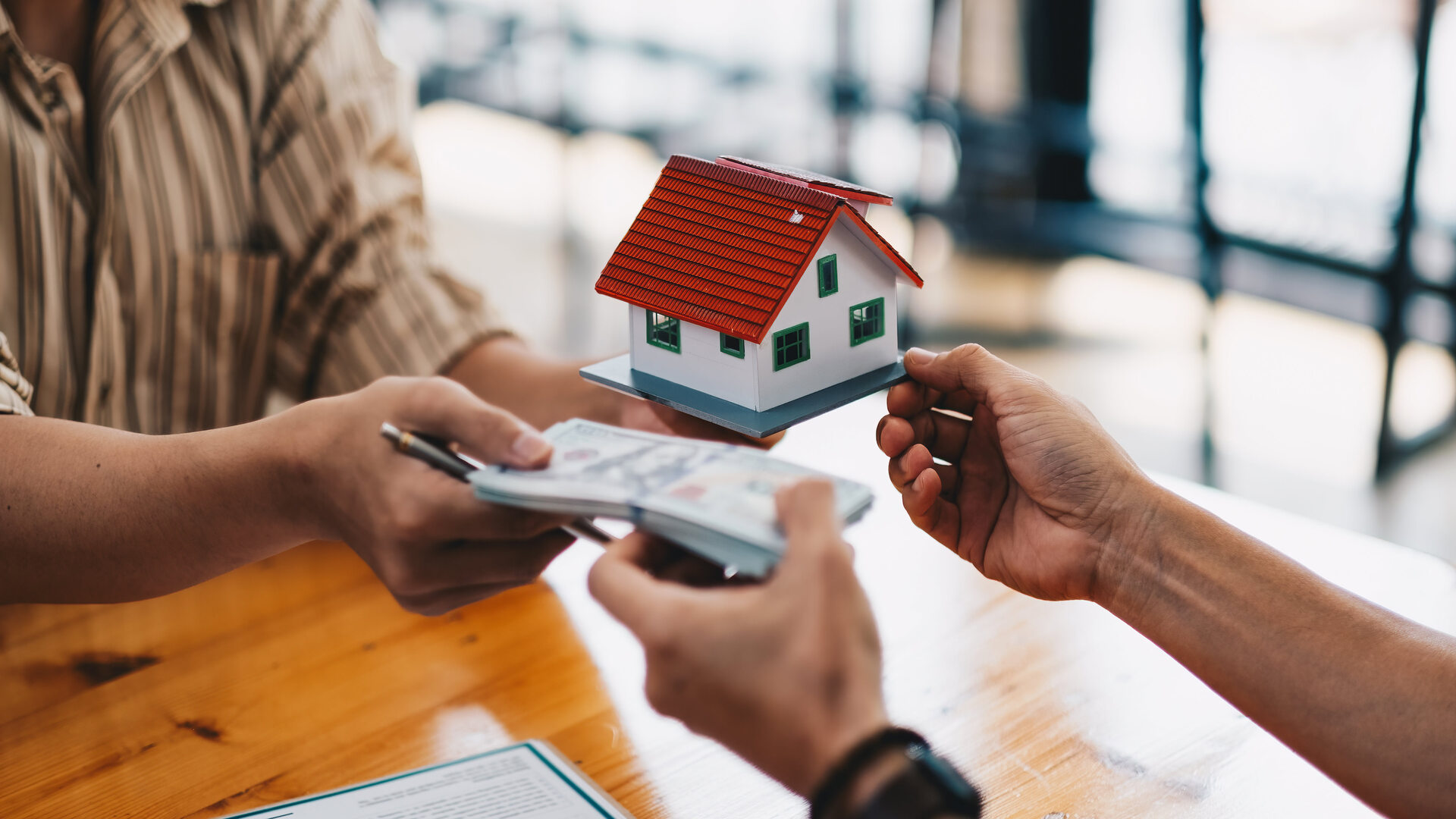Foreclosed homes. The term itself can evoke a range of emotions, from curiosity and opportunity to caution and concern. For some, it represents a chance to snag a great deal on a property. For others, it conjures images of distressed properties and complicated legal processes. The reality, as always, lies somewhere in between. Foreclosed homes can indeed offer significant savings, but they also come with their own set of challenges. Let’s explore the ins and outs of this unique corner of the real estate market.
Understanding Foreclosure: A Brief Overview
Before diving into the buying process, it’s helpful to understand what foreclosure actually is. Essentially, it’s what happens when a homeowner fails to make their mortgage payments. The lender then takes legal action to seize the property and sell it to recoup the outstanding loan balance. There are different stages of foreclosure, each with its own set of rules and procedures. Understanding these stages is crucial for navigating the foreclosed home market.
Types of Foreclosed Homes: REOs, Short Sales, and Auctions
Foreclosed homes come in different flavors. REO (Real Estate Owned) properties are those that have been fully repossessed by the lender. These are often the easiest to deal with, as the lender is typically motivated to sell. Short sales occur when the homeowner owes more on the mortgage than the property is worth, and the lender agrees to accept a lower price. Short sales can be more complex, as they require lender approval. Foreclosure auctions are where the property is sold to the highest bidder. These can be fast-paced and competitive, requiring buyers to be prepared.
The Potential Perks: Scoring a Deal
One of the main draws of foreclosed homes is the potential for significant savings. Because lenders are often eager to get these properties off their books, they may be willing to sell them at a discount. This can be a great opportunity for buyers looking to get more house for their money. However, it’s important to remember that not all foreclosed homes are automatically bargains. Due diligence is key to ensuring you’re getting a good deal.
The Challenges: Navigating the Process
While the potential for savings is enticing, buying a foreclosed home can also be more challenging than a traditional purchase. The process can be more complex, involving legal procedures and potentially dealing with multiple parties. Foreclosed homes may also be in need of repairs, as they


